News
Puckett, McKee Give Veteran’s Day Presentations
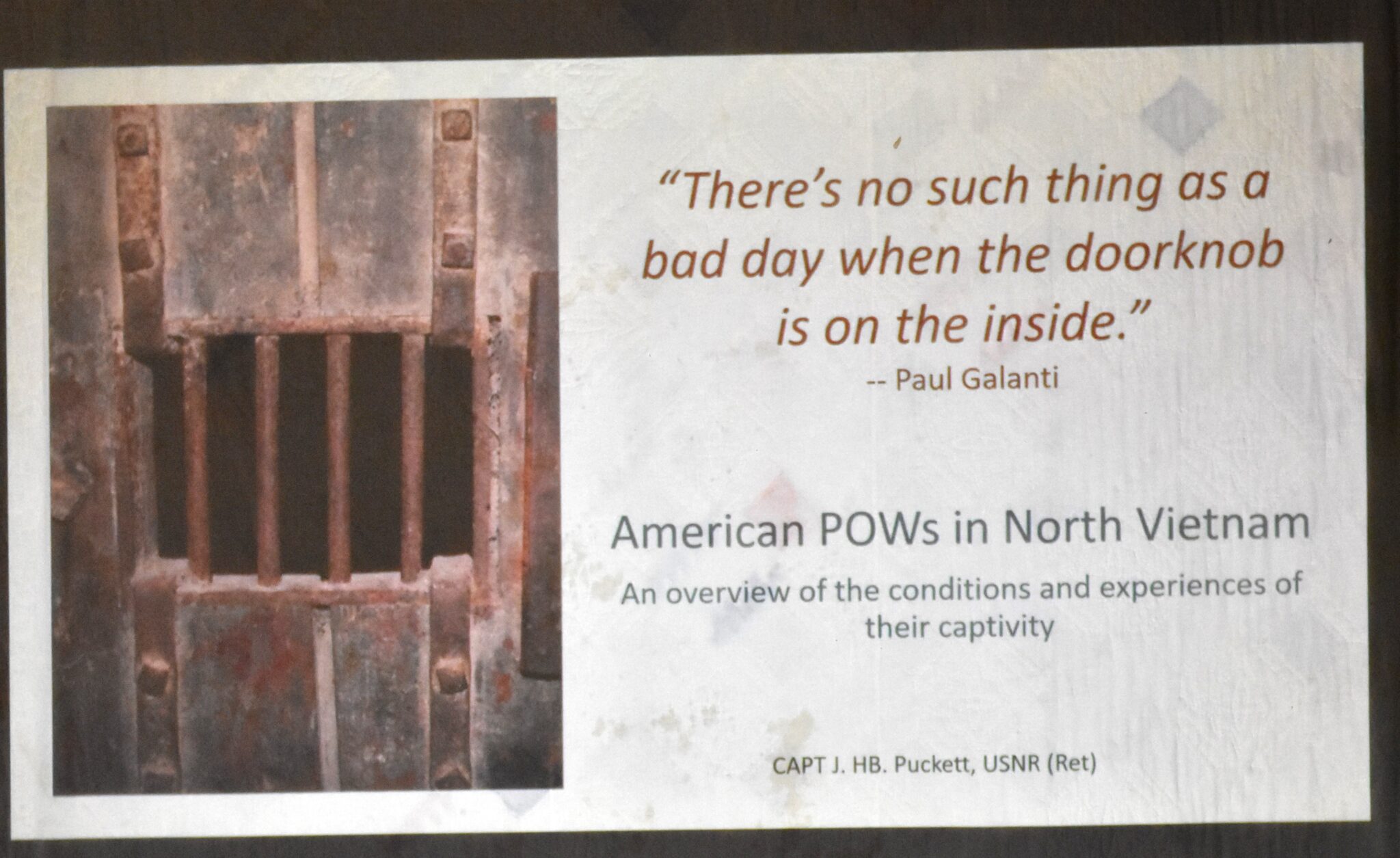
On Saturday, November 12 the Fort Phil Kearny/Bozeman Trail Association presented a dual Veteran’s Day Presentation about POWs by HB Puckett and Dave Mckee at Kearney Hall.
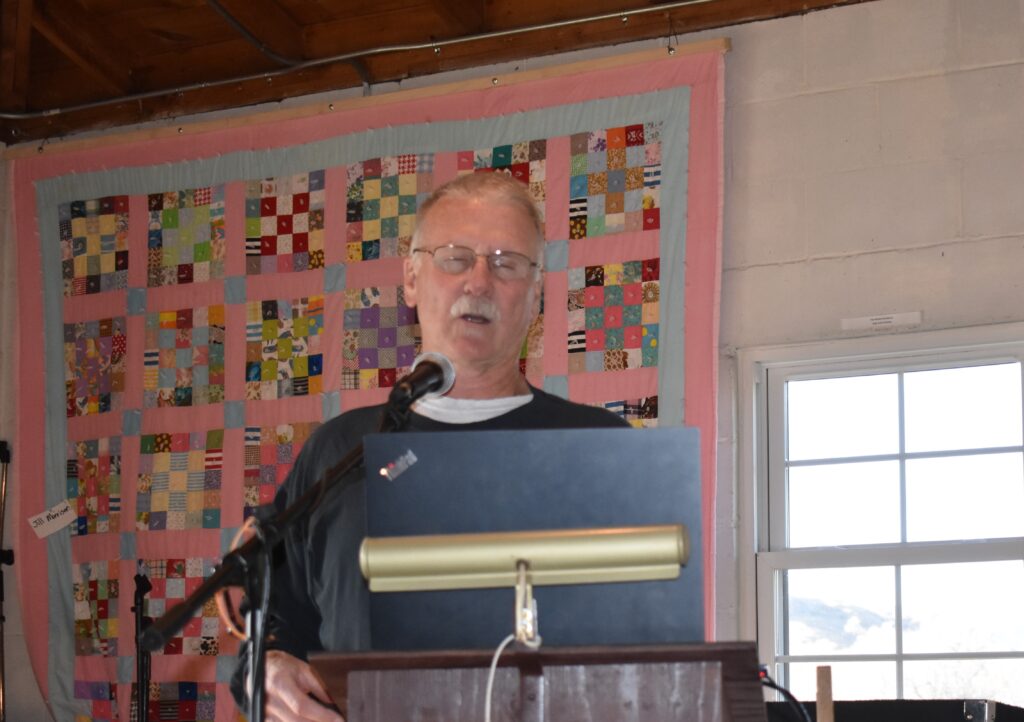
Puckett presented The POW Experience in North Vietnam, An Overview: About the hundreds of American servicemen that were captured and held in various locations during the Vietnam War. This presentation gives an overview of the experiences of these soldiers, sailors, airmen, and marines and the conditions of their captivity. Puckett is a US Navy Reserve Veteran Captain and did a lot of active duty.
He gave a brief history of Veterans Day, which was once called Armistices Day. Armistices Day was declared in remembrance of the signing of the cease fire between Germany and the Allied Forces in WWI. The treaty of Paris which was later signed was very severe against Germany, and that gave rise to Hitler and his regime, due to the German’s resentment against the terms of the treaty.

He then fast forwarded to Vietnam, and the POW experience there. He talked about several camps. He also talked about some of the torment inflicted on the service men who were captured.
He talked about the servicemen who were taken prisoner.
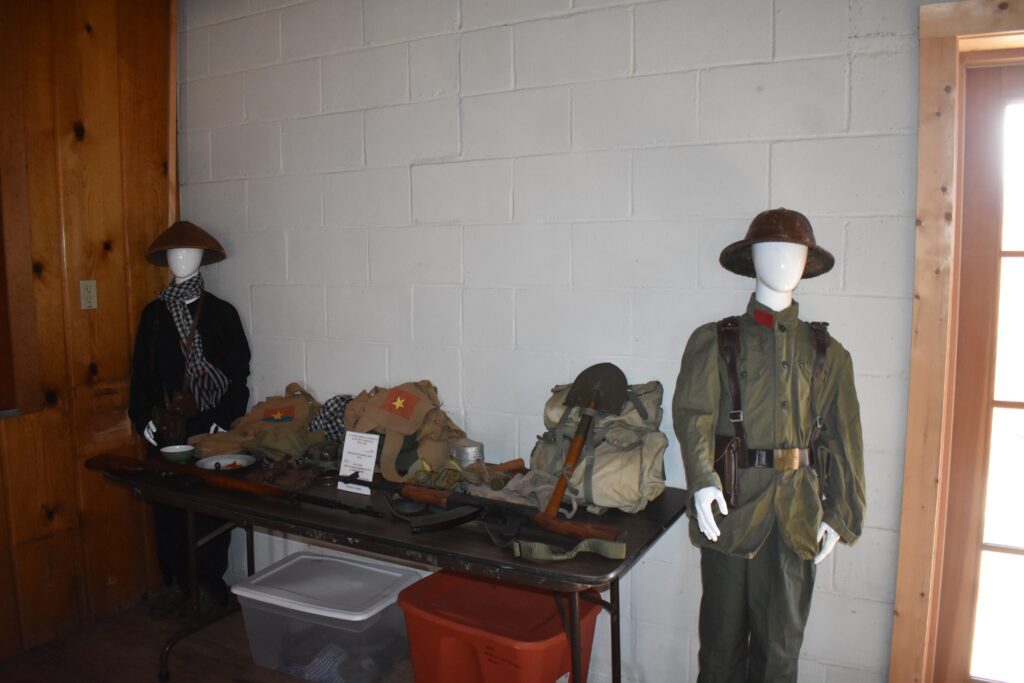
He talked about the difference between the North Korean Army and Vietcong, saying that the Vietcong were a communist guerrilla movement in Vietnam. They fought the South Vietnamese government forces and the US forces in South Vietnam from 1954–1975. They had the support of the North Korean Army.
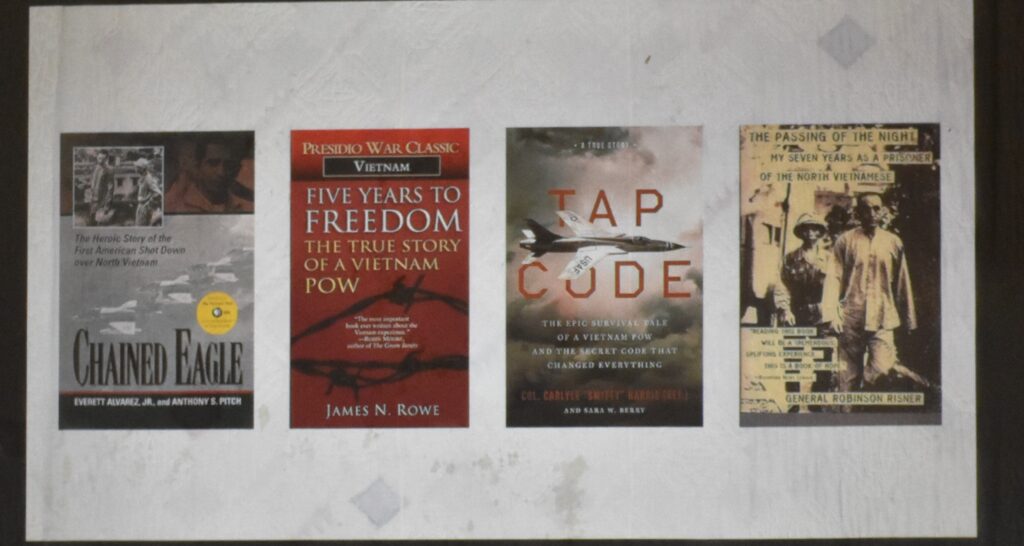
Puckett said that depending on where a US soldier was captured could mean the difference between survival or death. The command and control between the North Korean Army and Vietcong was spotty, Puckett said.
He also talked about the Tap Code, which was easy to learn and a way the POW’s in solitary confinement could communicate with each other and give each other moral support. It was a way to let them know that they were not completely alone in their suffering.
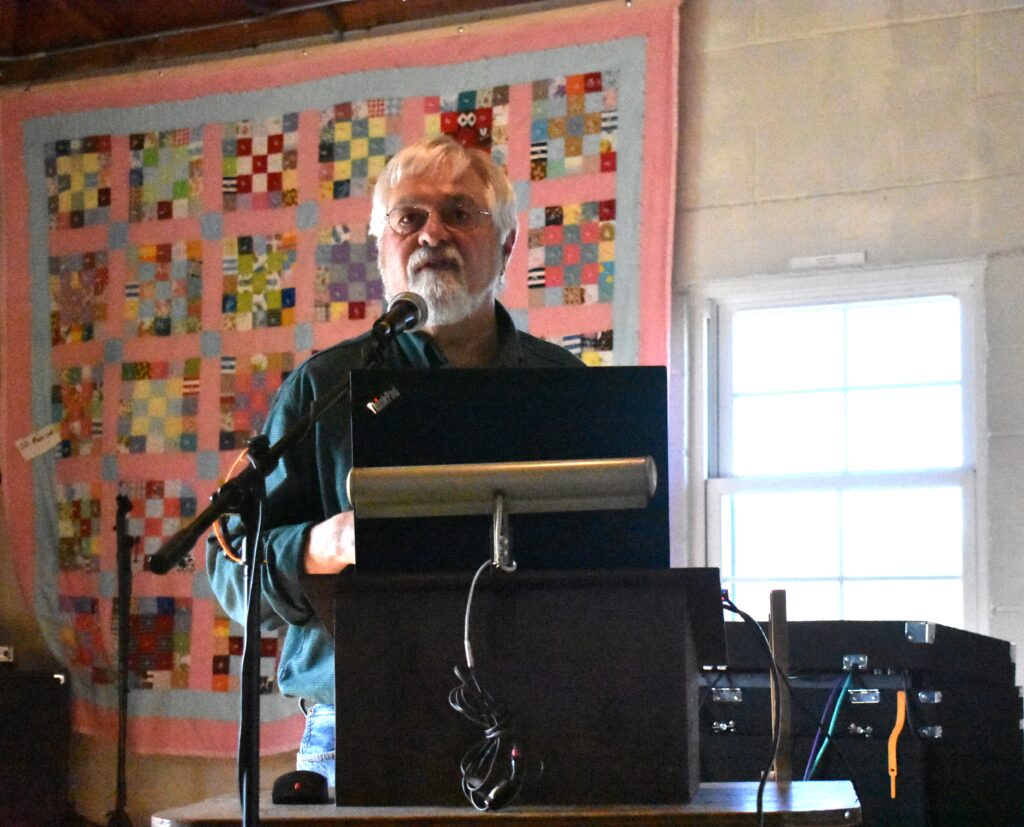
McKee presented The Ryan Park Site: Which was a Civilian Conservation Corps & Camp and WW II POW Camp in the Medicine Bow Mountains of Southern Wyoming.
In 1879, Tom T. Ryan established a sawmill in this open park on the west slope of the Medicine Bow Mountains. In the 1930’s a Civilian Conservation Camp was established here from which the crews constructed the buildings and roads still used on the Medicine Bow/Routt National Forest today.
The Civilian Conservation Corps (CCC) was a government work relief program during the 1930s for young unmarried men between the ages of 18 and 25. It was a part of FDR’s New Deal, that supplied jobs related to conservation and the development of natural resources on rural lands. The young men lived in seasonal camps, and were hired to build the housing, plant trees, and build roads.
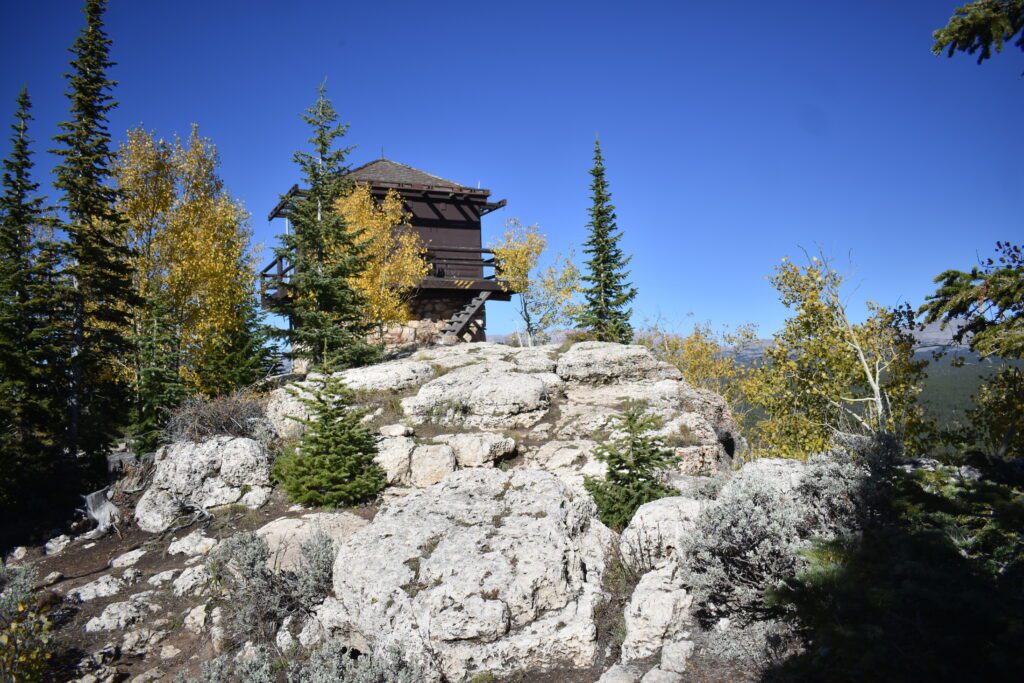
The CCC built many of the fire lookout towers, including the John T. Saban lookout in the Big Horn Mountains above Buffalo, as well as many ranger stations throughout the Wyoming mountain ranges. Many of these are now listed on the National Register of Historic Places.
McKee said one controversy was whether or not there was a fence around the camp. Some people remember there being a fence and others don’t remember the fence.
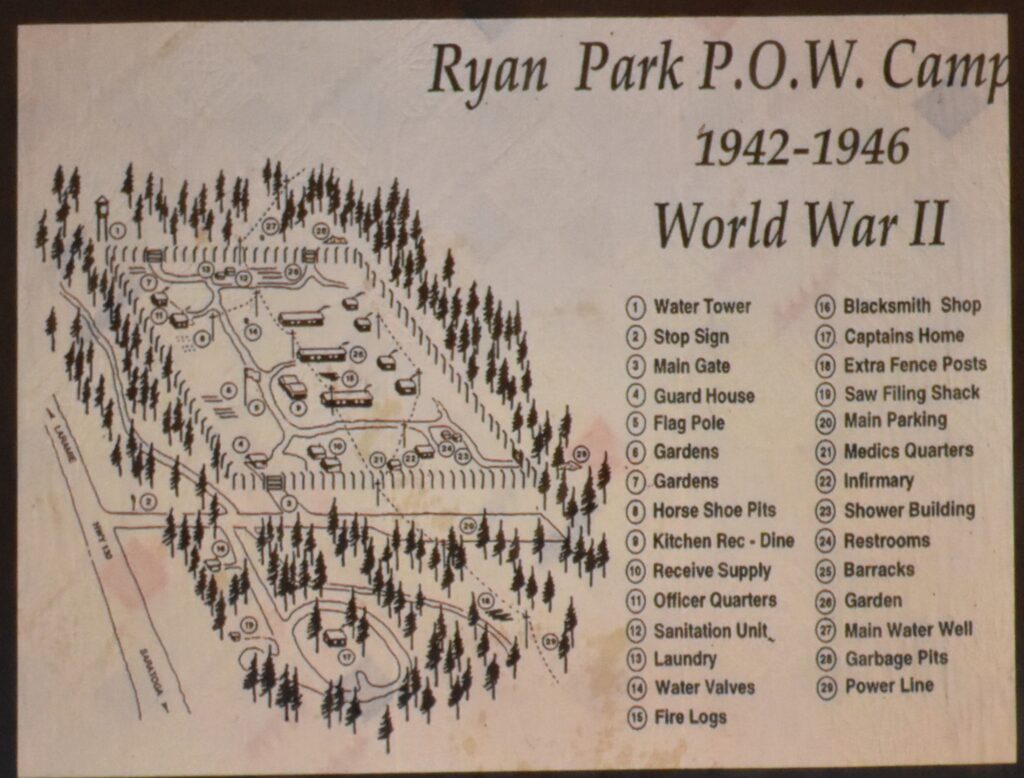
The German POW’s from 1944 to 1946 came, and they were not as well liked as the Italians.
Over 25 people attended and there were several veterans in attendance as well. The Fort Kearny Regulars donated some uniforms from the Bob Wilson Collection to illustrate the talks.

